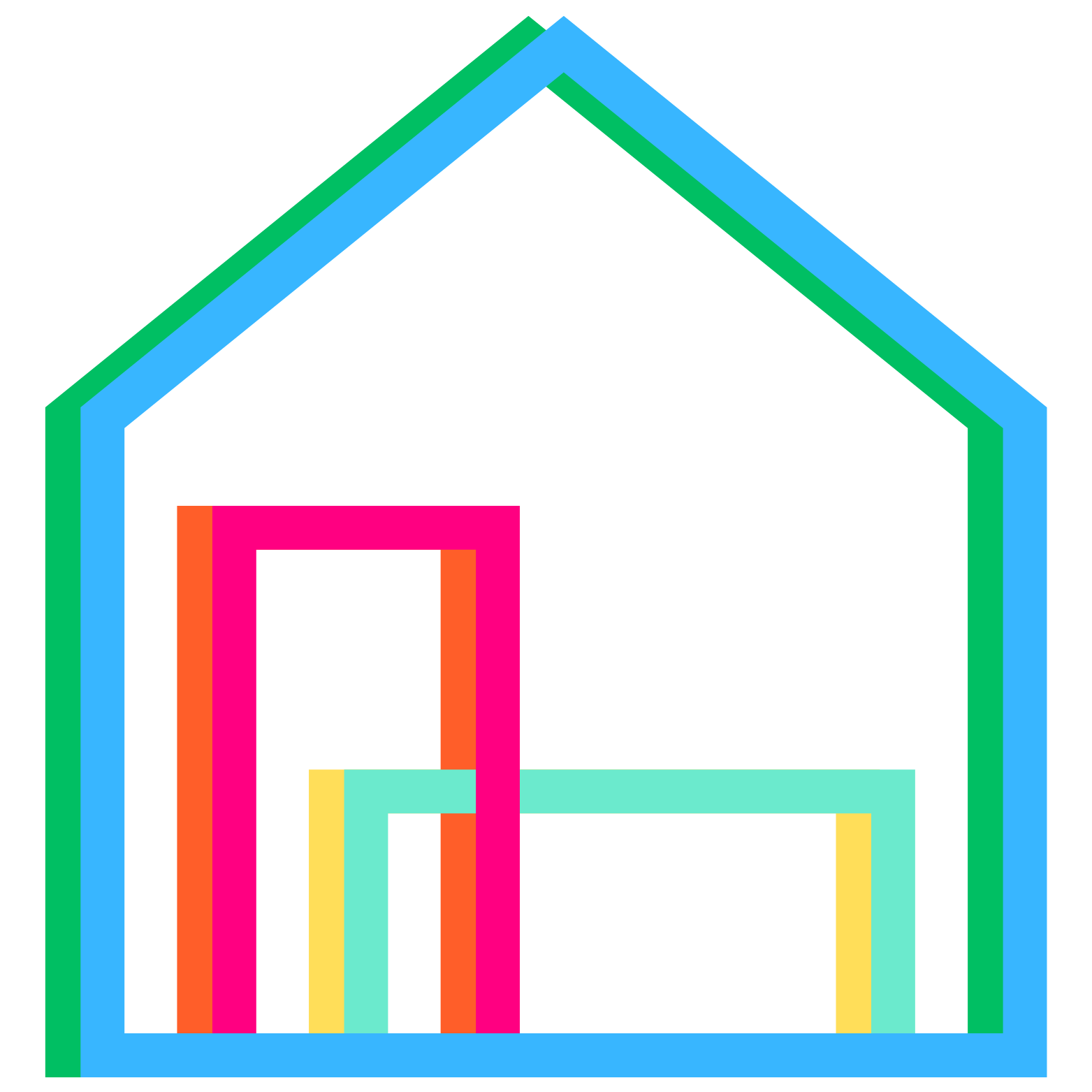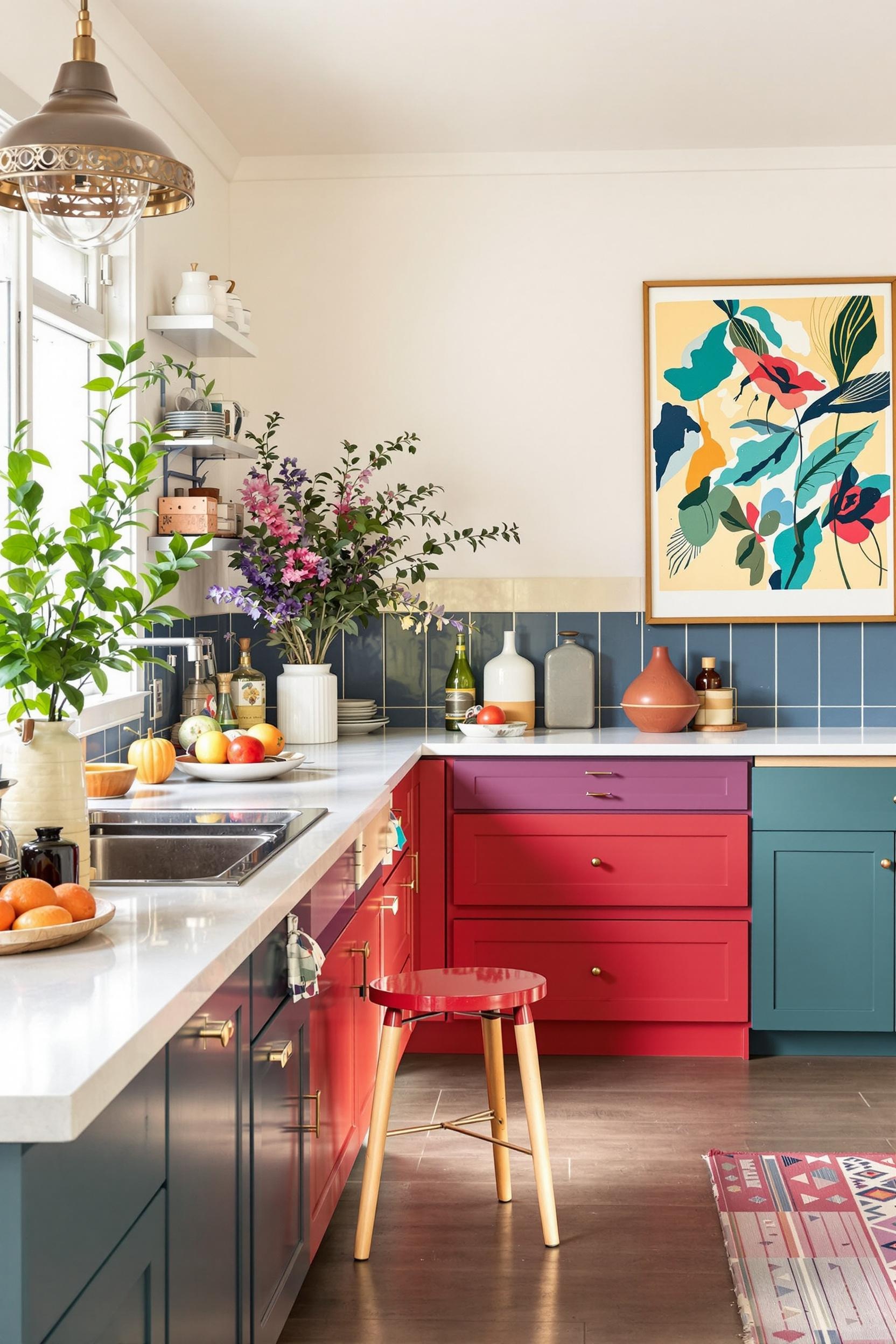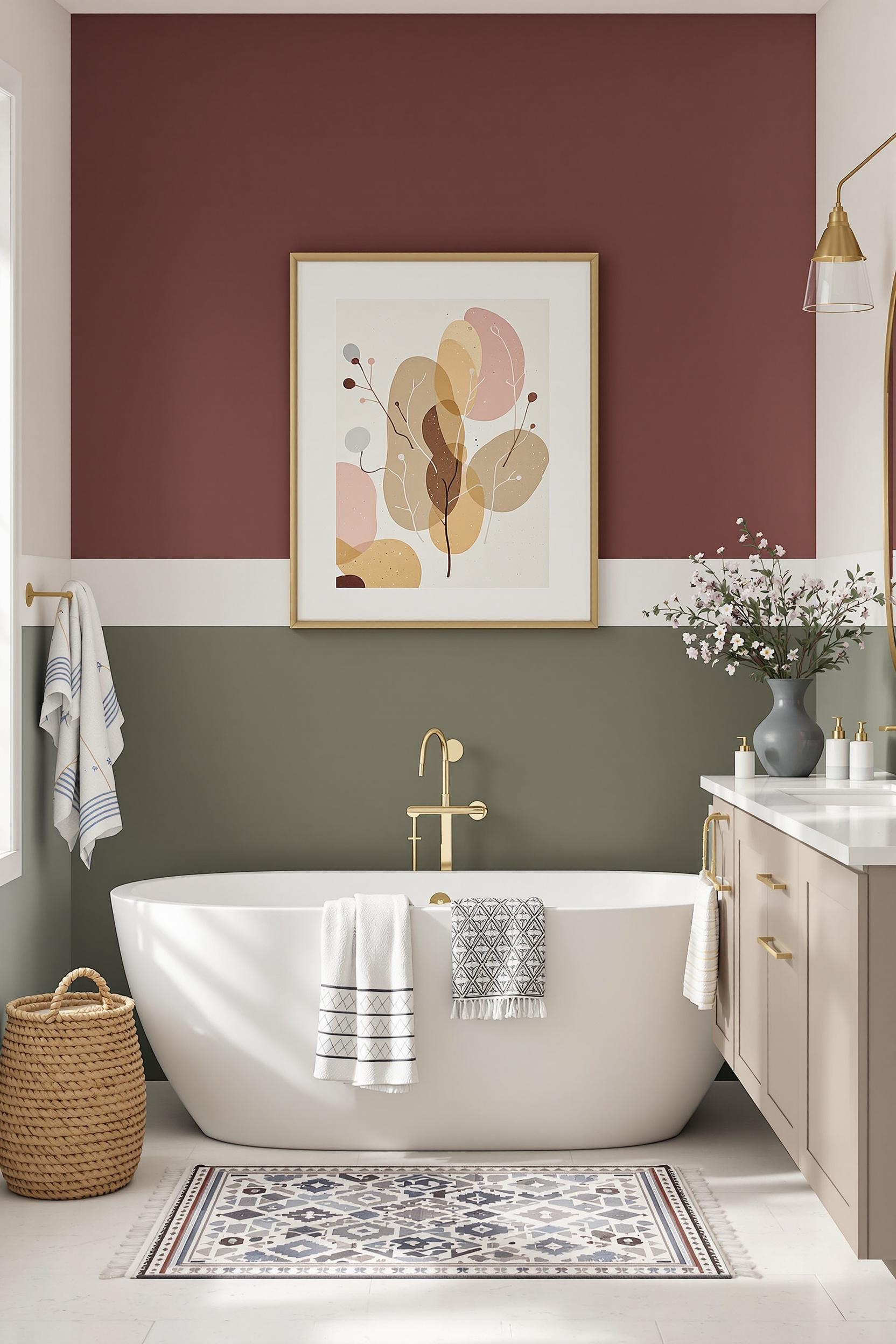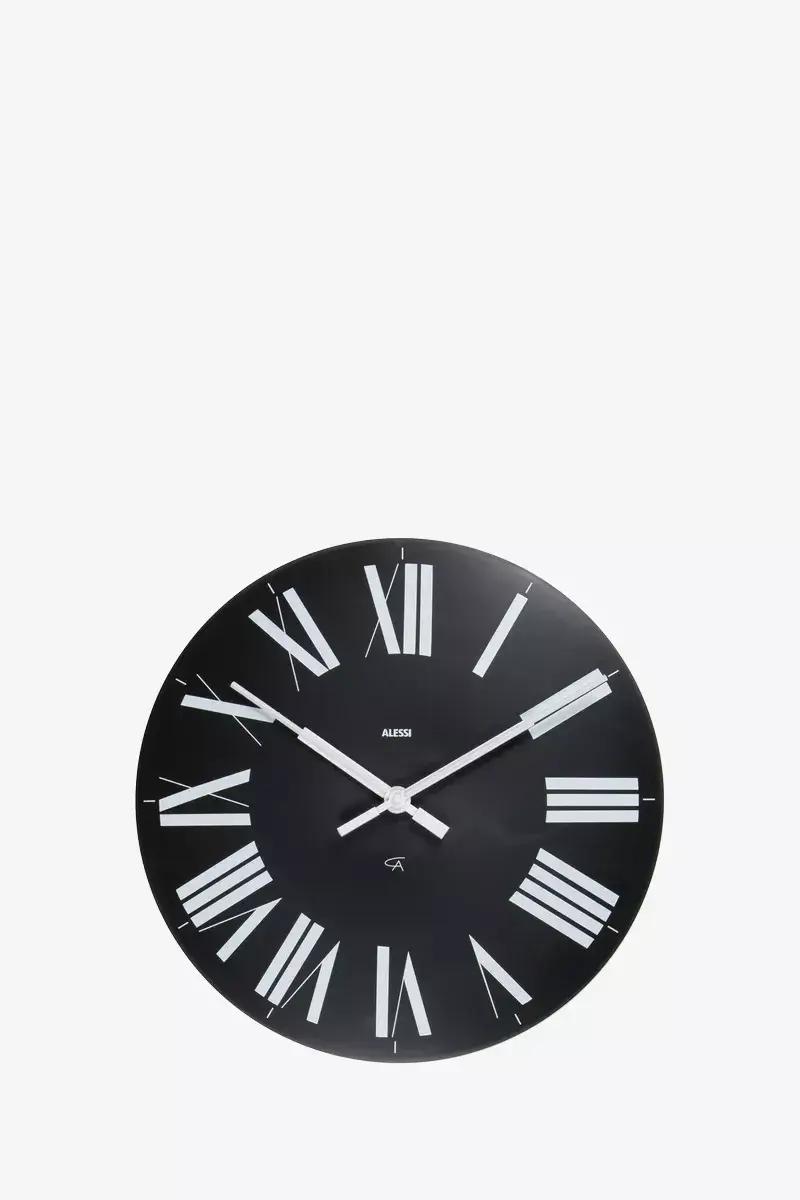
Zoned Color Blocking: The Minimalist Secret to Transforming Your Space
Have you ever stepped into an open-plan home and wondered where the kitchen ended and the living room began? I’ve been there. As an interior designer, I’ve learned that zoned color blocking offers a powerful and stylish solution. It helps define your home’s zones without adding physical dividers—ideal for minimalist and modern spaces alike. With bold colors, precise paint techniques, and geometric thinking, zoned color blocking can transform even the tiniest apartment into a spacious, organized sanctuary.
Unlocking Space Magic: What Is Zoned Color Blocking?
Zoned color blocking uses large, bold areas of contrasting paint to section your home visually. Instead of walls or furniture, space is divided by geometric shapes and color boundaries. From my experience designing small apartments and lofts, this technique creates emotional and functional zones that improve flow and purpose.
It’s a game-changer for those embracing minimalist color blocking. Think of spaces defined by color instead of clutter. A subtle beige block signals a relaxing reading nook. A crisp indigo zone frames your work-from-home desk. This decorating style supports clean design with visual intelligence.
Psychology Meets Geometry: Why This Technique Works
Psychologists agree—color affects emotions and behavior. According to color psychology research, soft greens and blues soothe while warm hues like orange or red energize. When these colors are applied in defined shapes within a home, they create emotional “zones” that improve comfort and productivity.
Research has shown that people perceive zoned spaces as larger and more luxurious. In fact, participants in studies reported greater satisfaction and pleasure in rooms where color was applied in segmented areas rather than randomly spread out (source).
Geometric Color Block Designs: Precision with Purpose
In my recent projects, I’ve turned studio apartments into dynamic layouts using geometric color zoning. Vertical lines define sleeping quarters. Horizontal divides highlight work-from-home setups. Even a split-color wall can hint where one zone fades and another begins.
Try these design tricks:
- Vertical blocks elongate height—great for small areas.
- Horizontal bands separate functional spaces.
- Diagonal transitions add flow and movement.
By using precise color placement, you’re guiding the eye—and movement—through the home.
Small Spaces, Big Impact: Why Minimalists Love It
If you live in a tiny apartment like many of my clients, minimalist color blocking is your best friend. It helps expand perceived space without adding furniture. Want depth? Use two-tone color sections. Want warmth? Play with neutral bases and vibrant blocks.
This method is perfect for bedrooms, entryways, or even home offices. One of my favorite client transformations involved a 500-square-foot apartment using only three colors: off-white, charcoal gray, and faded mustard yellow. Each zone popped with emotion and clarity.
Beyond Walls: Color Zoning Meets Accessories
Don’t limit zoned color blocking to walls. You can reimagine your space using accessories too. I love using color-blocked rugs or curtains to define lounge areas. Even furniture works—try a sofa in a bold block or a contrasting chair in another area zone.
And yes, vertical color blocking can happen on bed frames, bookshelves, ceilings, or even drawer faces. Let your creativity run free!
Your Starting Point: DIY Tips for Designing Color Zones
Here’s how I recommend you begin:
- Pick your base—a neutral palette works best for MVPs: minimalist visual presentation.
- Select 1-2 accent colors for layering. I use bolds like emerald, ochre, or navy.
- Mark boundaries using painter’s tape. Create tidy edges and straight lines.
- Paint your zones based on function: calming hues in relaxation areas and vibrant ones for creative or active zones.
Need inspiration? Check out my guide on how to introduce bold colors into minimalist homes.
More Than Decor: The Psychology and Science of It All
This method has more benefits beyond aesthetics. Zoned color blocking has been linked to:
- 35% increase in perceived space according to observational data
- Higher emotional well-being through curated color palettes
- Better focus from dedicated visual segmentation of work areas
- Less cognitive load since zones reduce decision fatigue about where to do what
And according to experts at Olive & June Home, color zones even impact our sense of organization and mindfulness in daily routines.
The Easiest Room to Start With
If you don’t know where to begin, start with your living room or bedroom. These are high-traffic spaces that benefit from clear definition. Carve out zones for sleep, reading, and work-through color instead of stuff. Trust me—your mind and layout will thank you.
Unlock Your Design Potential: Transform Spaces with Color Zoning Mastery
Revolutionize Your Home: Color Blocking Design Challenge
Ready to elevate your design game? Join the Color Zoning Design Challenge—an experience that will reshape how you think about layout, function, and flow.
Unlike typical design trends, this challenge gives you real tools to craft emotionally responsive rooms. You’ll get:
- Personalized design consultations
- Step-by-step tutorials on geometric color blocking
- Insider minimalist techniques
- A global community of like-minded creatives
Your toolkit includes:
- Color Zoning Guidebook
- Color Psychology Cheat Sheet
- Design Consult Voucher
- Private Community Access
Numbers don’t lie: color zoning can boost spatial perception by 35%, reduce stress, and make your space work better. Whether you live in a studio or a grand loft, this is your next step.
FAQ: Your Color Zoning Questions Answered
Q1: How does color zoning work in small apartments?
It’s perfect for small-space living! Use vertical or horizontal geometric color blocks to create visual boundaries. Try cool tones for rest zones and bolds for energy zones.
Q2: What are the best color combos for minimalist color blocking?
Neutral bases like soft white, beige, or light gray combined with bold accents like sage, navy, or mustard. Check out my top color blocking paint picks for 2025.
Q3: Can I use color zoning in rental apartments?
Yes! Use removable wallpaper, curtains, large color-blocked dividers, or furniture. You can create zones without making permanent changes.
Q4: How does color psychology affect zones?
Color deeply influences mood. Use calming blues for rest zones and energizing yellows for work zones. Learn more in this dedicated color psychology guide.
Q5: Is this only for modern or minimalist homes?
Nope. While popular in modern minimalist spaces, color blocking works in boho, traditional, or maximalist interiors too. It’s all about how you use it.
Conclusion: Your Zoned Color Blocking Journey Starts Now
This design technique isn’t just about walls—it’s about changing how your home feels and functions. Whether your home is open-plan or compact, you can use color to organize, beautify, and inspire each room.
Start with one zone. Pick one bold shape. Tap into DIY methods and let color define your life.
If this guide inspired you, subscribe below and unlock even more design magic straight to your inbox!






